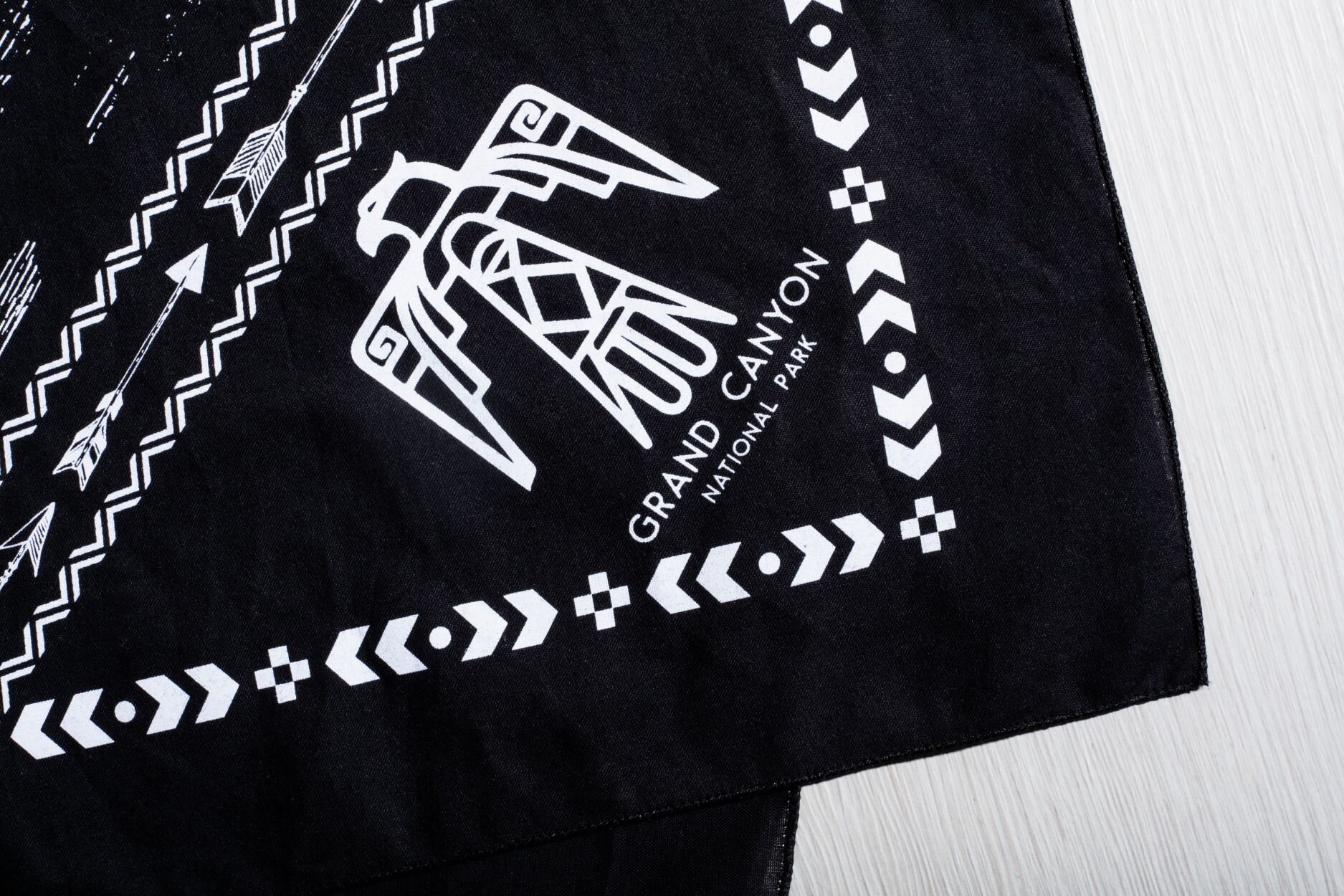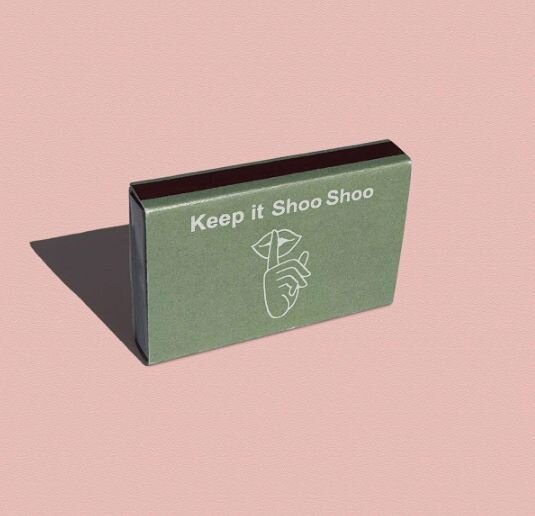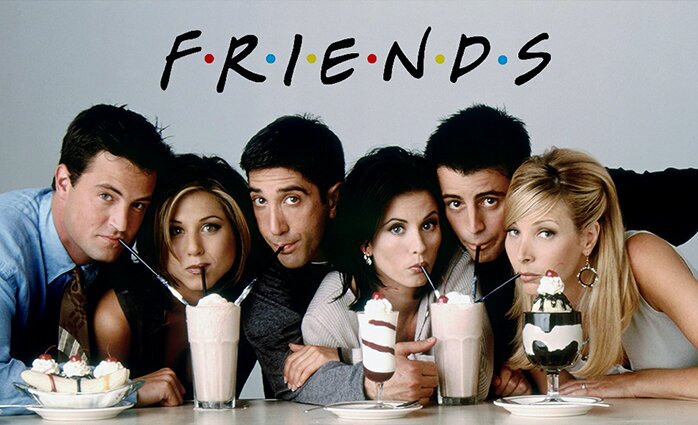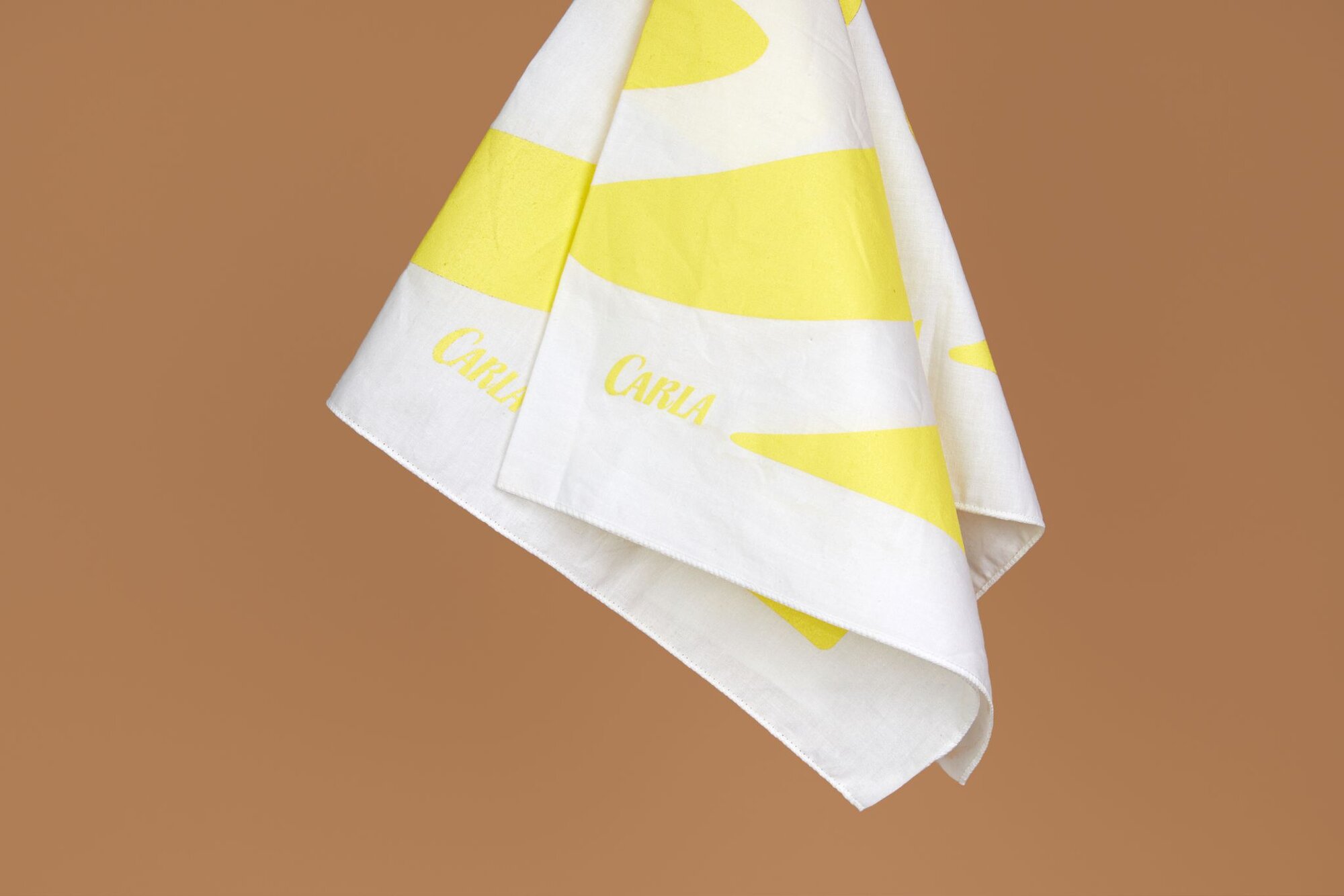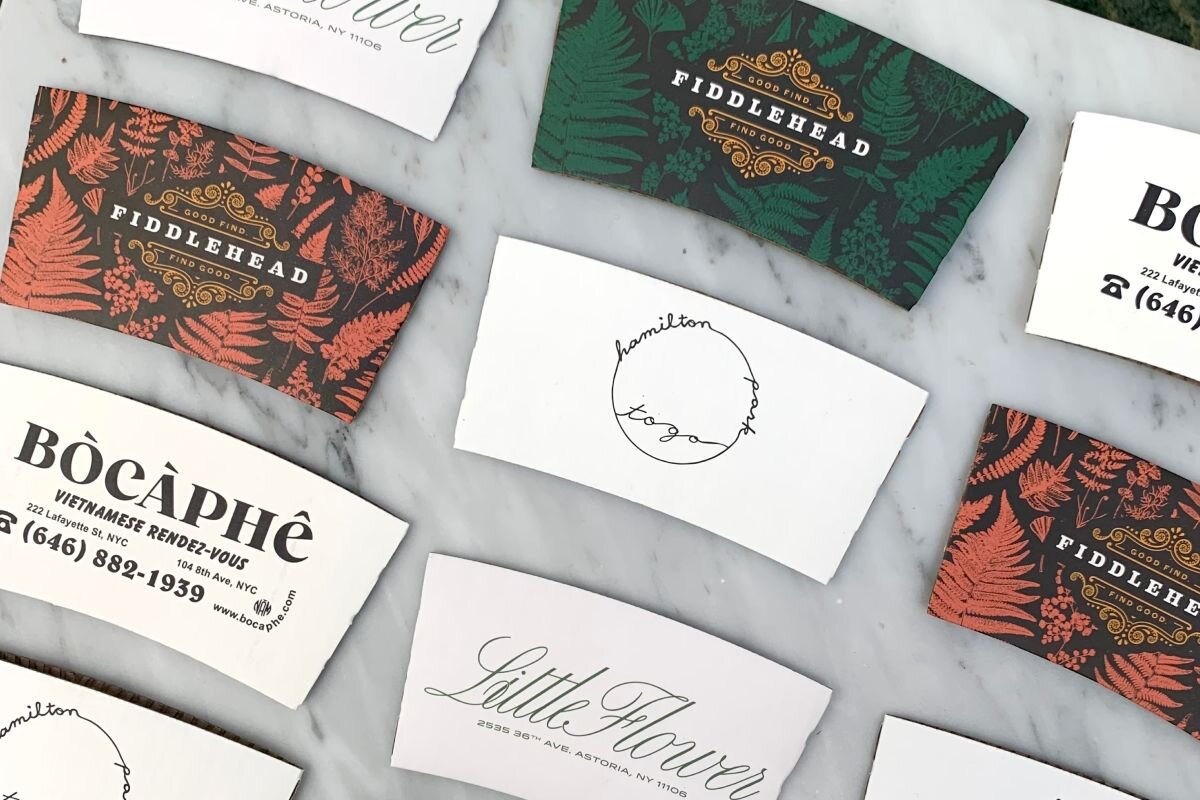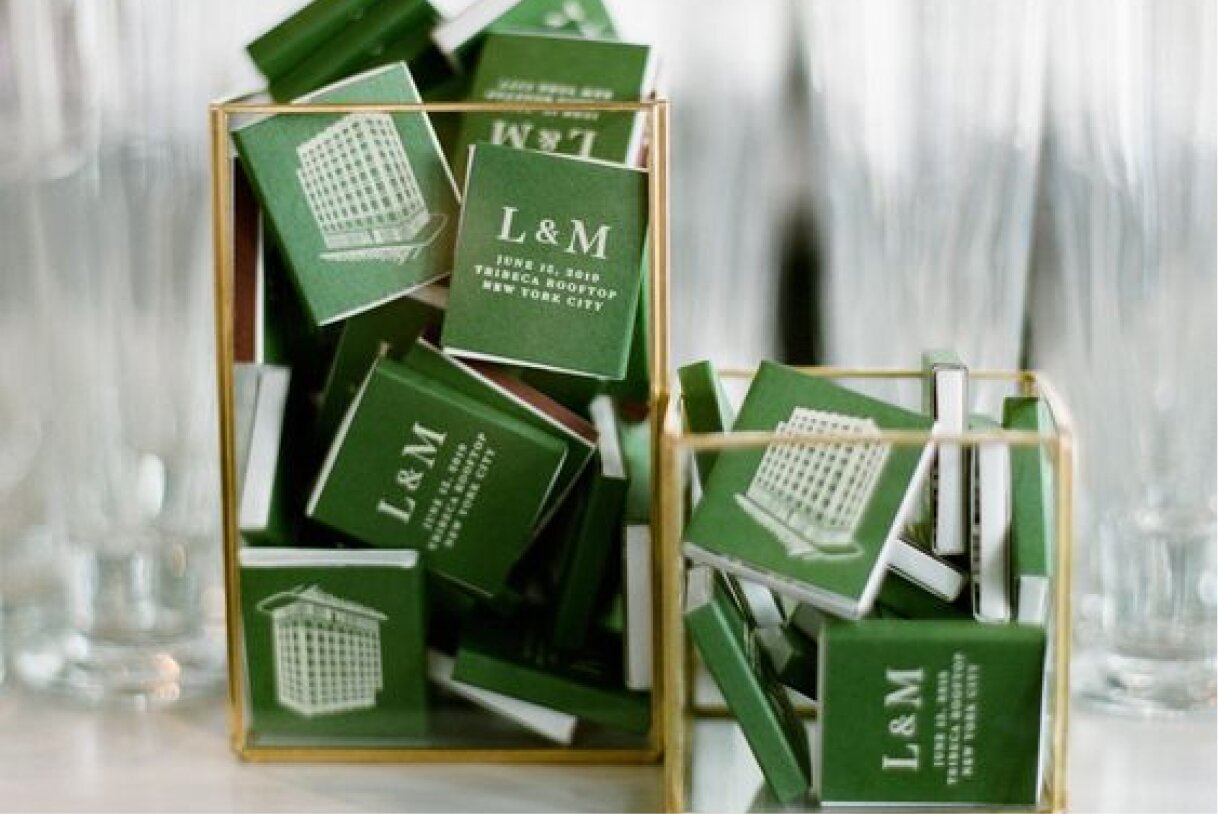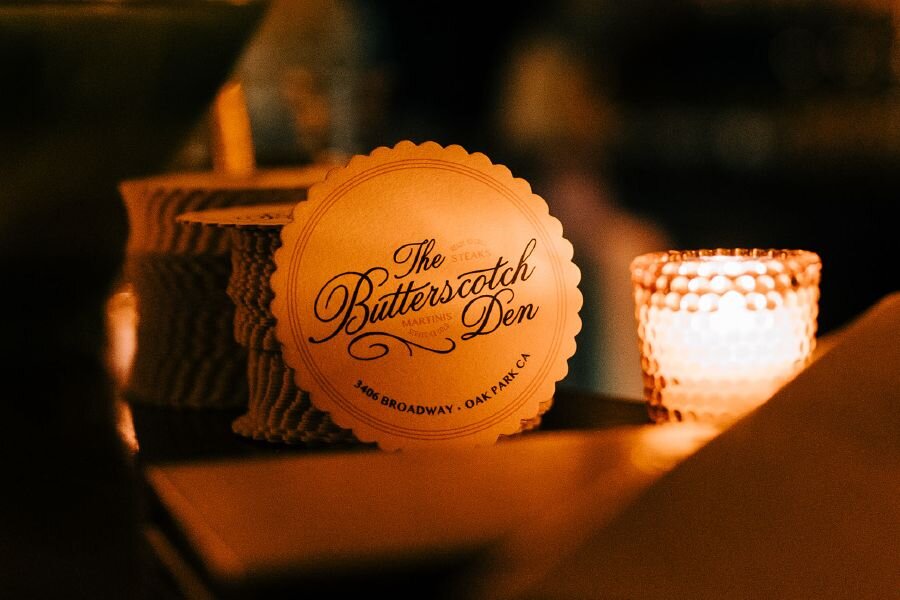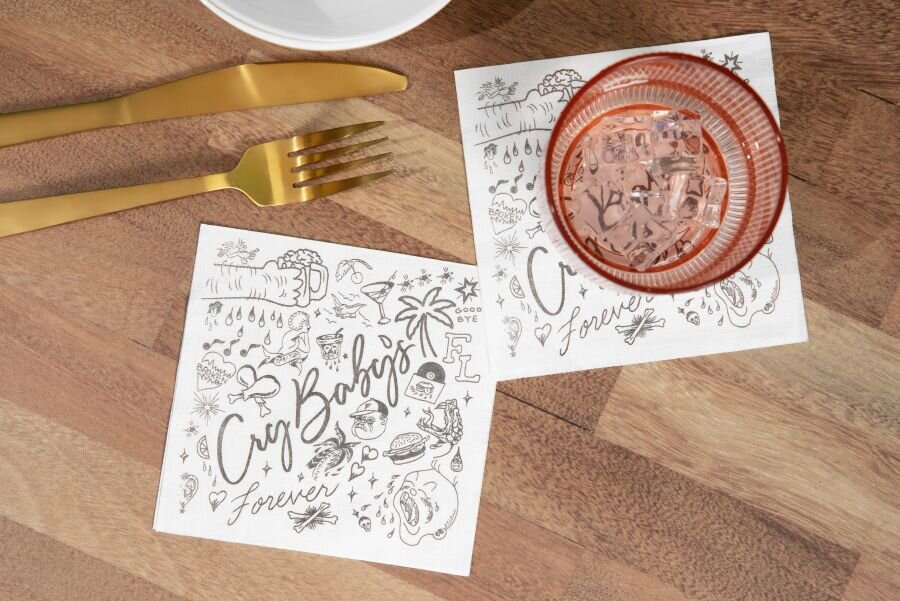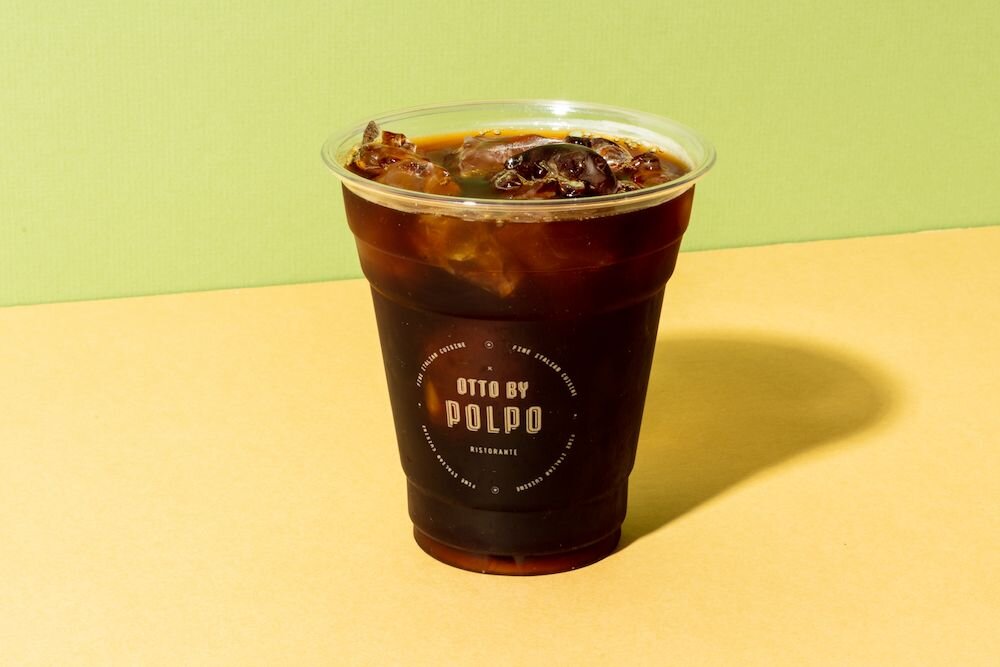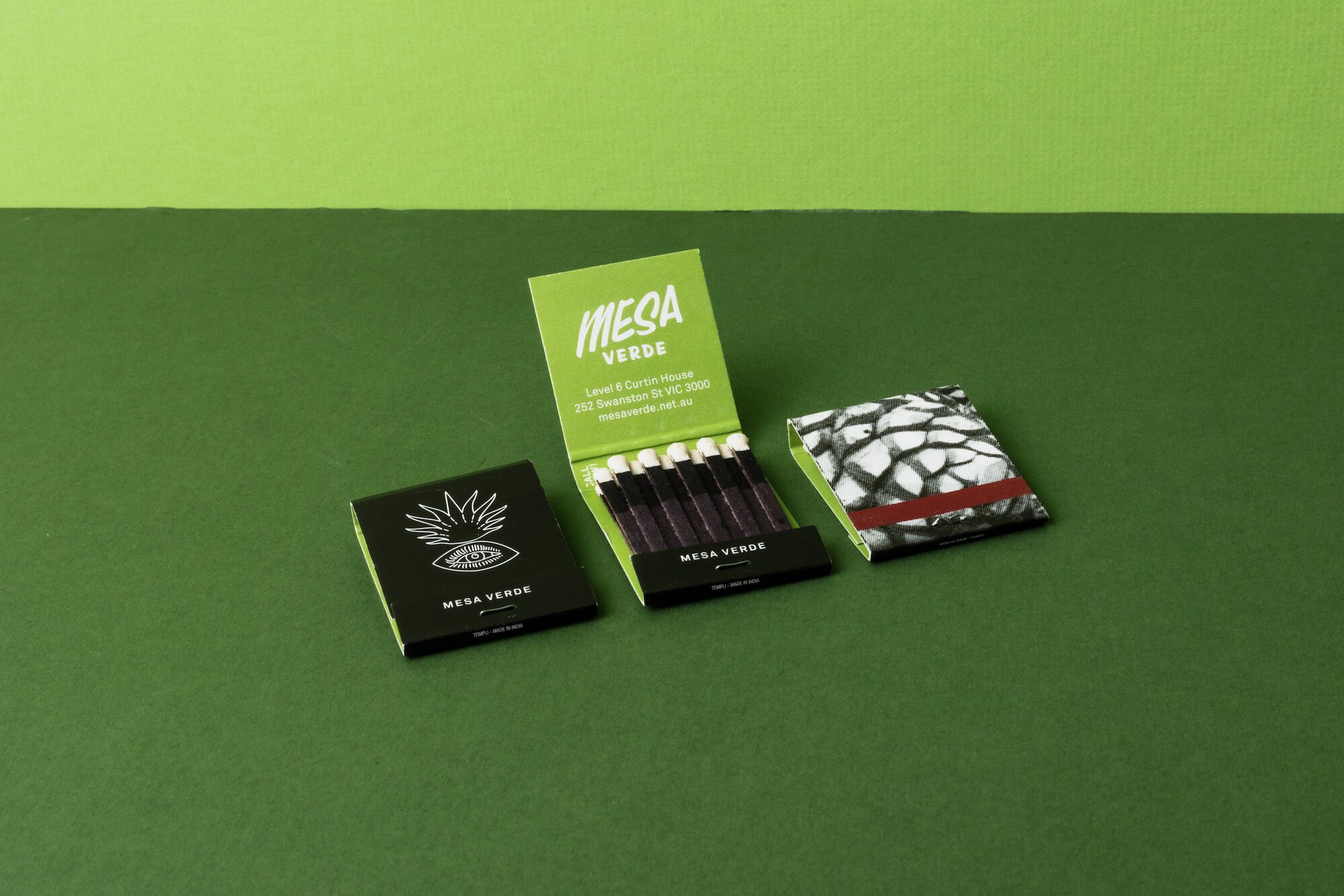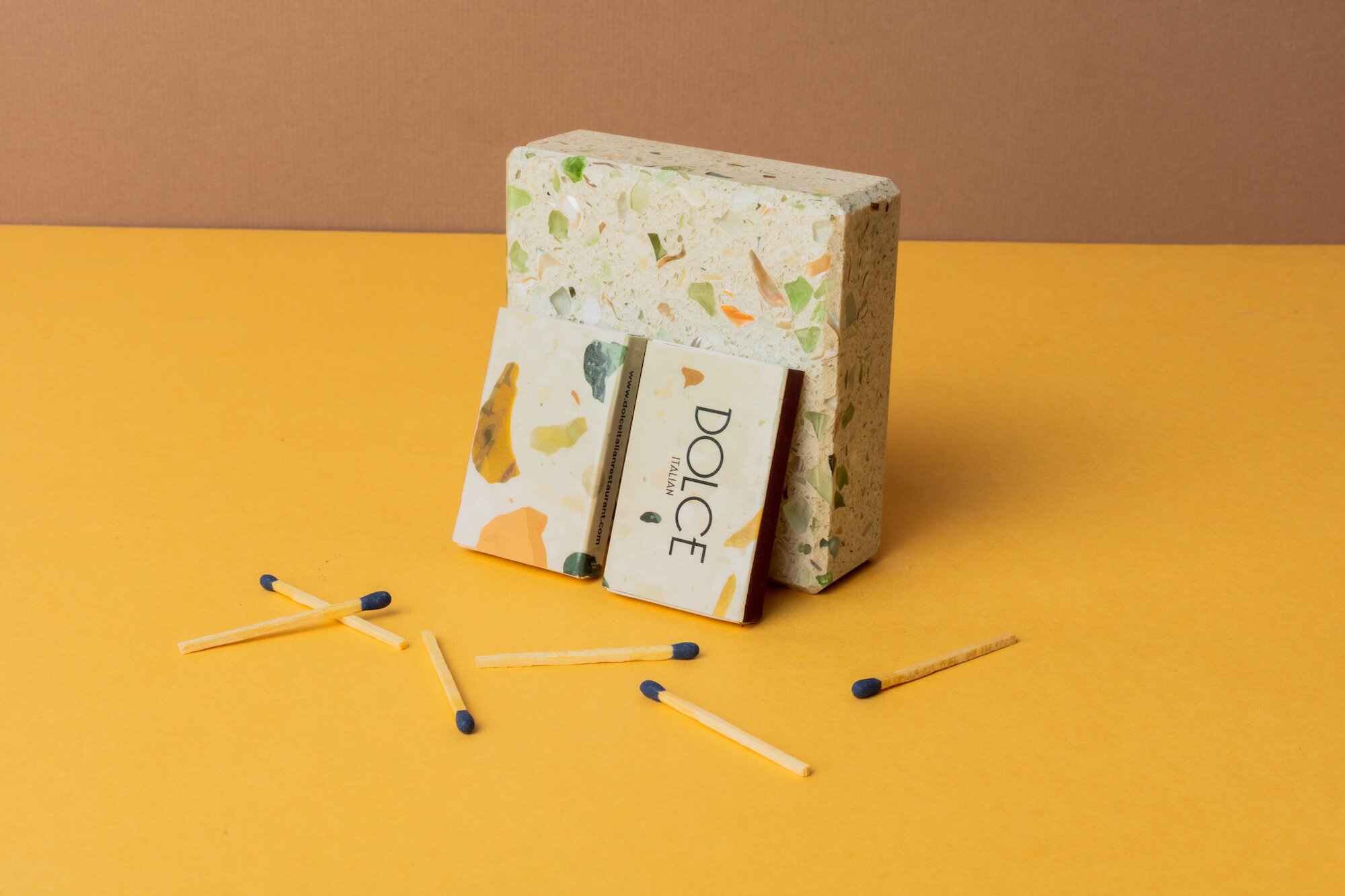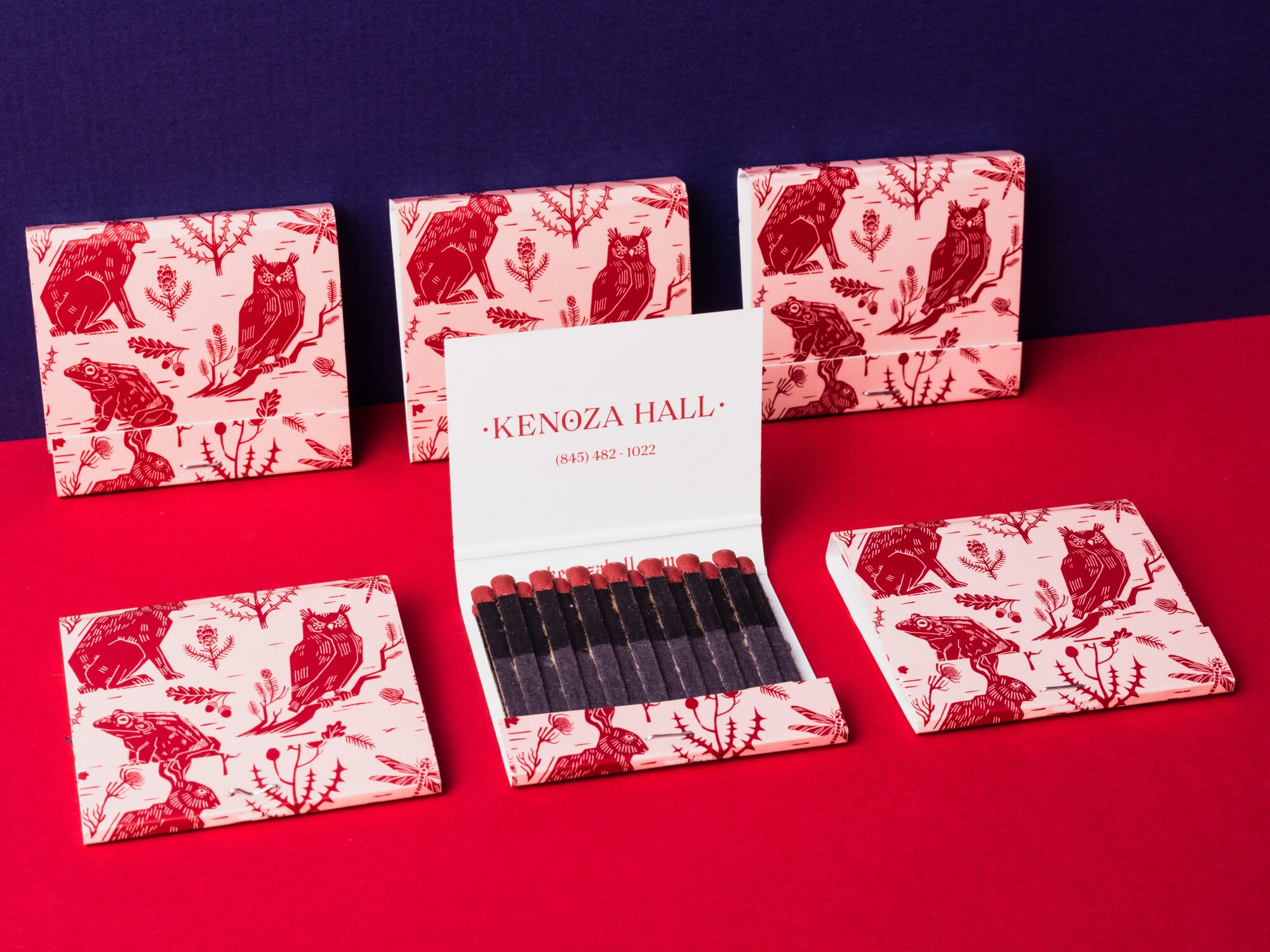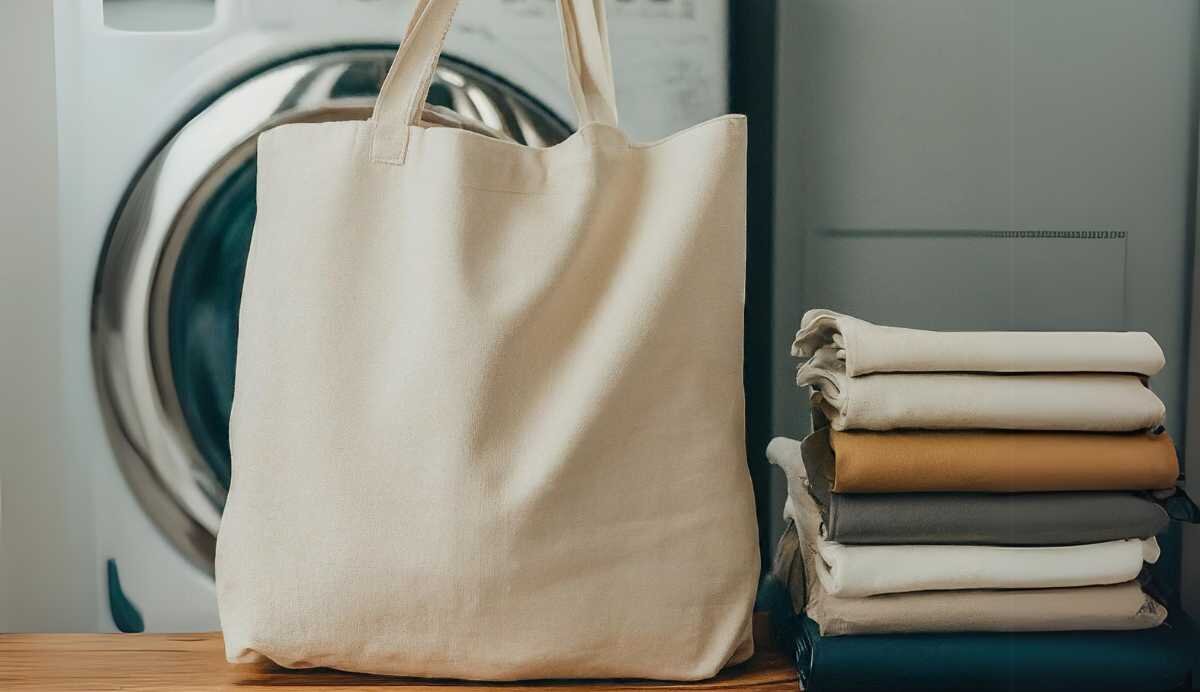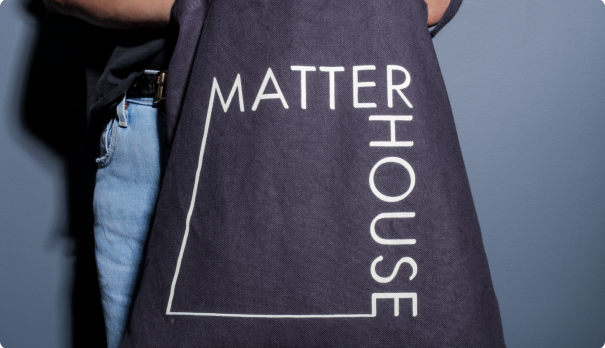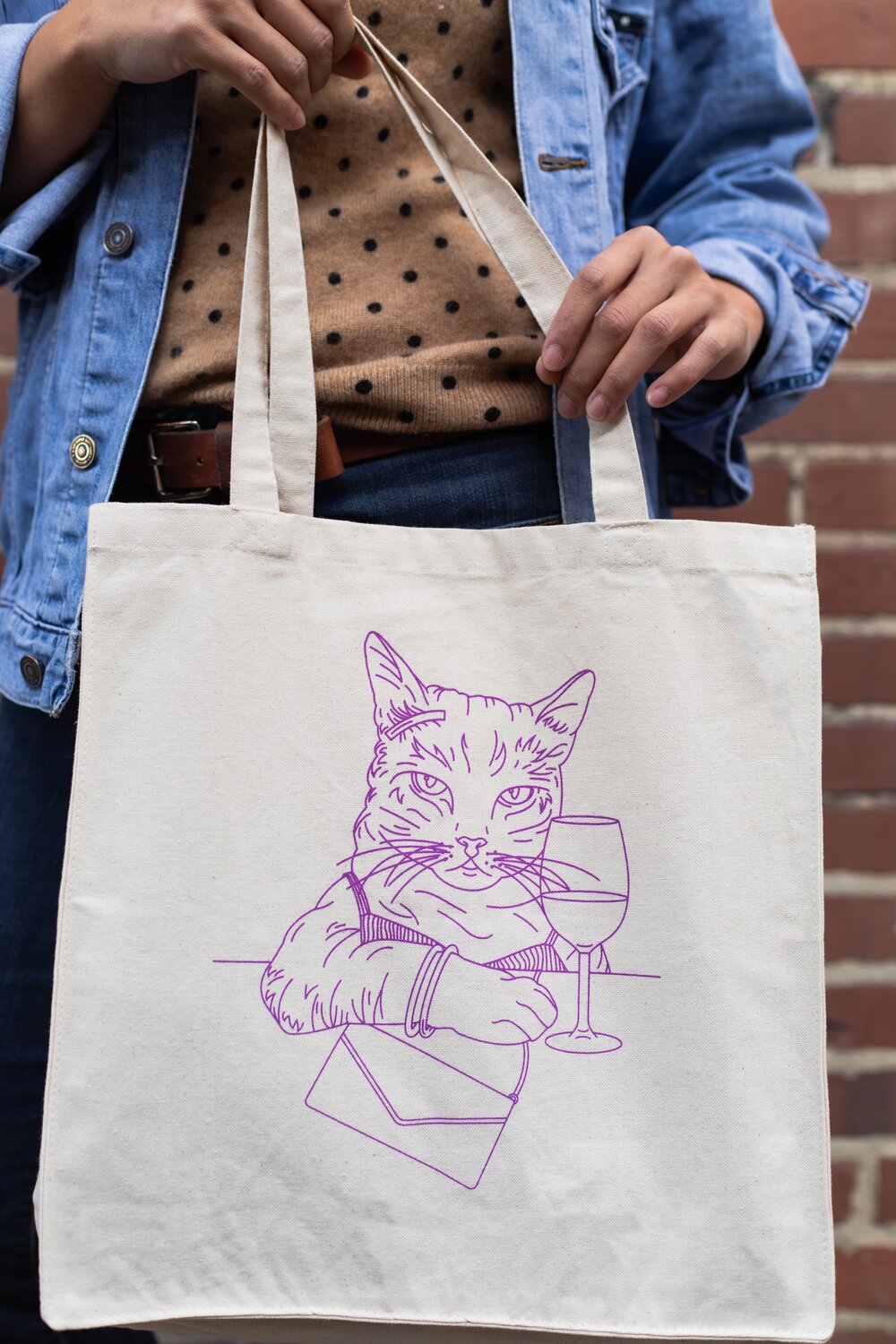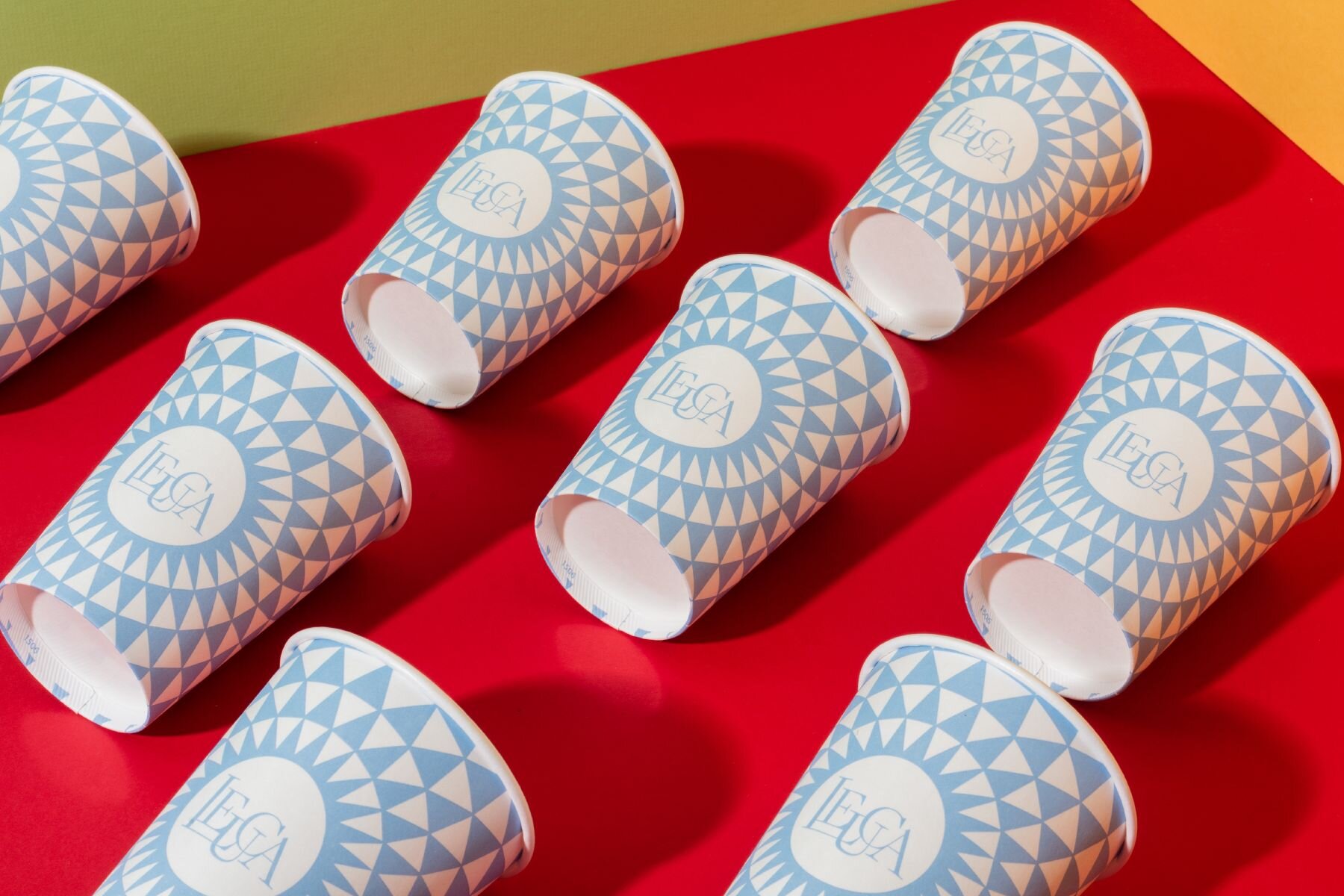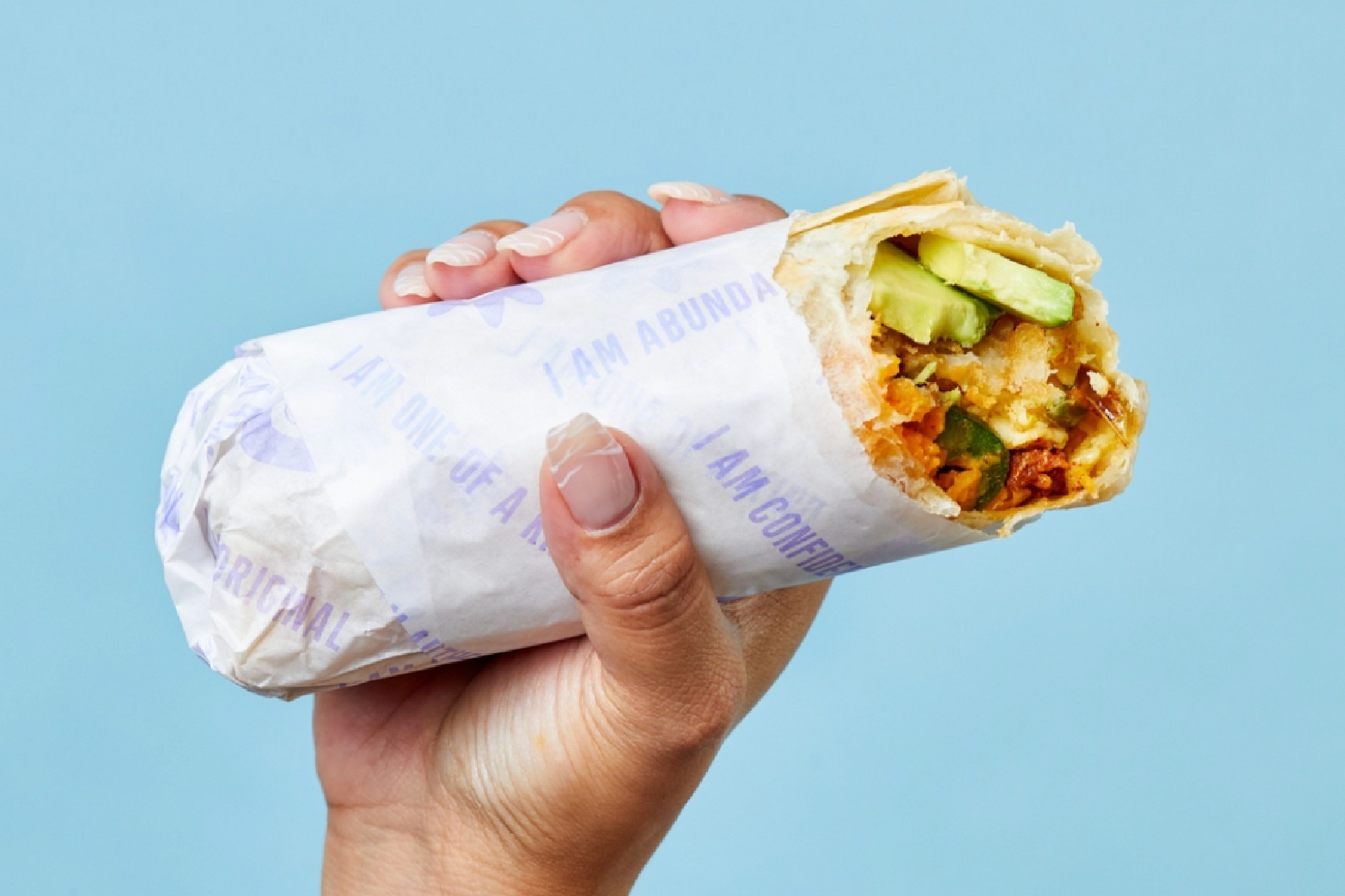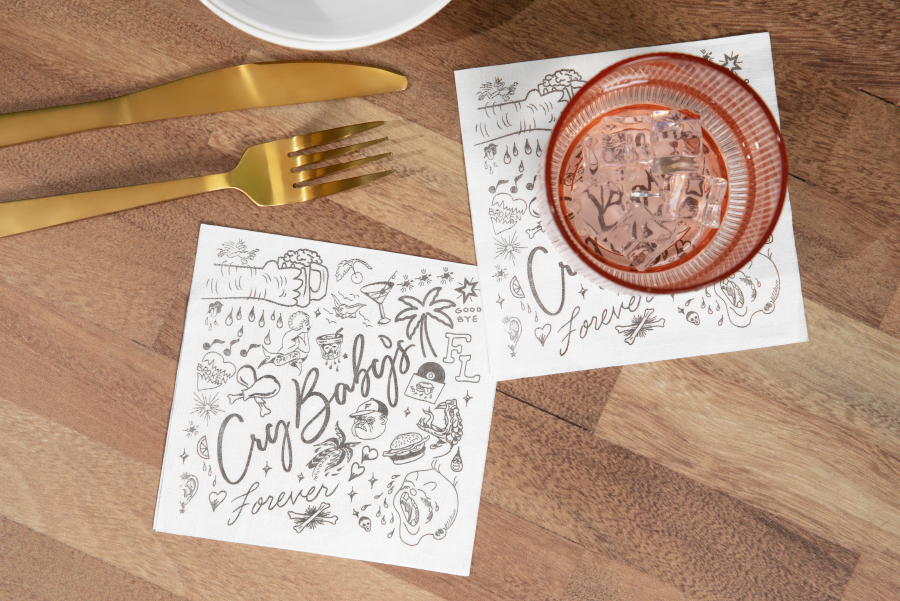Going Over Over/Under Policies

With some types of high speed production of printing ink on paper, it can take time to get your printed artwork ‘up to spec’ to where it looks good enough to be approved by the press operator. And this can take less or more time than anticipated.
We allocate a set amount of paper for each order. If your orders take longer than expected to get ‘up to spec’, then it means we will be left with a quantity lower than what was ordered.
The solution for getting an exact amount, would be to overproduce the order every time so that we for sure won’t end up with a lower final quantity. There are two downsides to overproducing every order:
- More wasted paper, worse for the environment. It all gets recycled, but still - always better to not overproduce.
- The cost of the overproducing would need to get factored into every job. Therefore, you and everyone else would pay more for each order, to account for the extra paper needed.
With that said, printers will put a limit on the percentage of overs/unders that can be billable on a job. The industry standard is 10% over/under. Meaning if you ordered 100 books, and the final count came to 115, you would only be responsible for 110 books, and the printer would recycle the remaining 5 books. Or you and your printer can decide that you are willing to pay for all 115 books.
Although it may feel that your printer is taking advantage of you by charging you for more pieces than you ordered, you can rest assured that this production policy is only meant to lower the environmental impact and the total cost of production for you.
